Olympus ‘PEN’ E-P2
-
-
Written by Gordon Laing
Olympus E-P2 vs Nikon D90 Real-life resolution
Olympus E-P2 results : Real-life resolution / High ISO JPEG Noise / High ISO RAW Noise / M.Zuiko Digital 17mm lens sharpness
Olympus E-P2 with Olympus M.Zuiko Digital 17mm f2.8 |
Nikon D90 with Nikkor DX 18-105mm VR | |
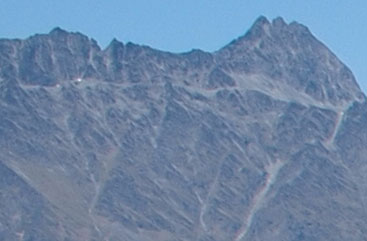 | 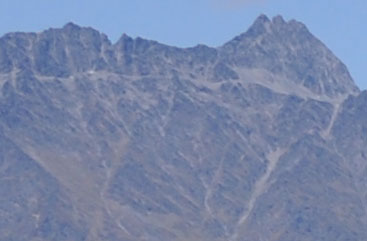 | |
f4, 100 ISO |
f8, 200 ISO | |
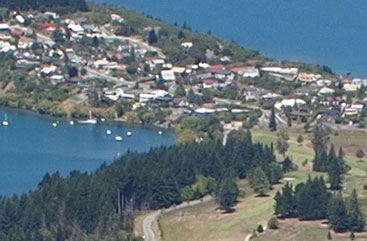 | 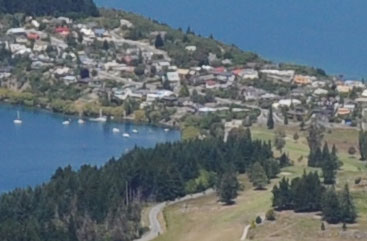 | |
f4, 100 ISO |
f8, 200 ISO | |
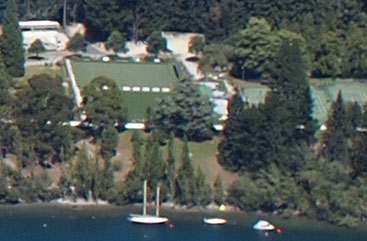 | 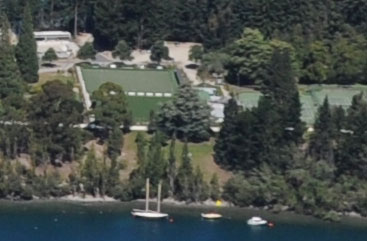 | |
f4, 100 ISO |
f8, 200 ISO | |
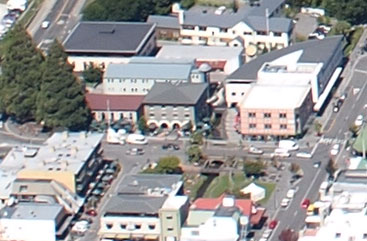 | 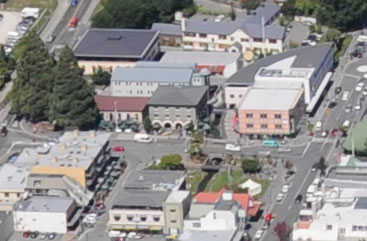 | |
f4, 100 ISO |
f8, 200 ISO | |
Olympus E-P2: JPEG versus RAW
|
We photographed the scene pictured above using the E-P2’s RAW plus Large Fine JPEG mode, allowing us to directly compare images created from exactly the same data. Below are crops taken from the original JPEG file alongside the RAW version, processed in the supplied Olympus Master 2.3 software using the default settings. The converted RAW file using the default settings is noticeably softer than the in-camera JPEG, coincidentally making it a closer match to the default output from the Nikon D90. As discussed above, this is all down to image processing, but the benefit of shooting in RAW is the flexibility you have in making adjustments. Indeed we’ll use it later in these pages in an attempt to match the style of the E-P2 and D90 images for a close comparison of noise. But first, let’s check out the in-camera performance in our E-P2 High ISO JPEG results. |
Olympus E-P2: JPEG with Olympus M.Zuiko Digital 17mm f2.8 |
Olympus E-P2: RAW with Olympus M.Zuiko Digital 17mm f2.8 | |
 | 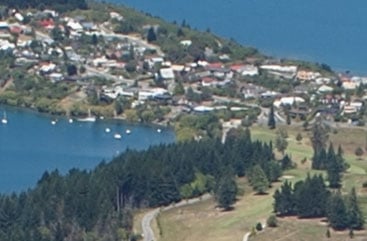 | |
f4, 100 ISO |
f4, 100 ISO |
Olympus E-P2 results : Real-life resolution / High ISO JPEG Noise / High ISO RAW Noise / M.Zuiko Digital 17mm lens sharpness
|
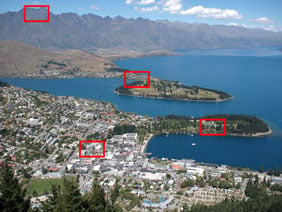 | To compare real-life performance we shot the same scene with the Olympus E-P2 and Nikon D90 within a few moments of each other using their best quality JPEG settings, lowest base sensitivities and default processing options. The E-P2 was fitted with the M.Zuiko Digital 17mm kit lens and the D90 with the DX 18-105mm kit lens, the latter adjusted to match the vertical field of view. Each shot was taken in Aperture Priority with Auto White Balance. The D90 was chosen as its standard kit costs roughly the same as either E-P2 kit. |
The image above was taken with the Olympus E-P2 in Aperture Priority mode at 17mm f4 and with a sensitivity of 100 ISO. The original JPEG measured 6.31MB. We photographed this scene at all apertures between f2.8 and f8 and found the f4 sample to have the edge in overall sharpness and contrast. See our M.Zuiko Digital 17mm f2.8 lens report to compare samples at different apertures.
The four crops are taken from the areas marked with the red rectangles and presented below at 100%. Note the Nikon D90 captures wider 3:2 aspect ratio images, so by matching the vertical field of view, we’re effectively treating the DSLR here as a 10.8 Megapixel camera, delivering 4:3 shaped images. As such, the D90’s crops show a slightly larger area due to its lower vertical resolution.
As mentioned above, we chose the D90 for comparison here as it can be bought in its standard kit for pretty much the same money as either of the E-P2 kits. Obviously they’re very different cameras, but illustrate what you could buy for roughly the same budget. It also allows us to compare the performance of the E-P2 against a traditional DSLR and see if its resolution and noise levels can keep-up. Note you can also match the D90’s image quality with the more affordable Nikon D5000.
As expected, the results below reflect those from our original Olympus E-P1 review. As such the E-P2 appears to deliver superior-looking crops at first glance. They’re noticeably sharper and more punchy, while the Nikon crops look quite soft and muted in comparison. Much of this is down to image processing though, with the E-P2 clearly applying much greater sharpening and contrast by default than the Nikon, and this is even with its Natural Picture Mode.
The E-P2 does thankfully offer a broad array of adjustments though with the Picture Modes allowing you to tweak Sharpness, Contrast and Saturation as desired. Indeed by increasing the sharpening and contrast on the Nikon D90 images, or reducing them on the Olympus, it’s possible to achieve similar-looking results, which is a good endorsement for the E-P2.
Before moving on though, we should note a difference in exposures here. The E-P2 exposure was 1/1250 at f4, 100 ISO, as metered by the camera. To match this exposure at f8 and 200 ISO on the D90 would have required a shutter speed of 1/640, but selecting this resulted in an image that was over-exposed, implying a higher sensitivity. Either way, in order to match the E-P2’s middle-grey brightness with the D90 we had to apply negative compensation, with an exposure of 1/1000 coming the closest. This corresponded to a -2/3 EV difference.
One side-effect of underexposing the D90’s image to match the E-P2’s middle-grey brightness though was better protection for its highlights. In the fourth row of crops, you may notice a number of walls and roofs which have become saturated on the E-P2 crop, while minor tonal detail remains on the D90. This may seem like an unfair advantage for the D90 in this test, but once again the same exposures resulted in an over-exposed image from the D90 which was unusable in this comparison.
When comparing a variety of images from the E-P2 and D90 though, the Nikon definitely enjoyed a higher tonal dynamic range, with the Olympus often suffering from blown highlights – this wasn’t only at 100 ISO, but throughout the sensitivity range. This shouldn’t be surprising given their different sensor areas, and it should also be noted the Olympus still has an advantage over traditional compacts in this respect, but for the ultimate dynamic range a bigger sensor, such as that in the D90, is preferred.
Now scroll down to the bottom of this page to see how the E-P2’s RAW output compares to its in-camera JPEGs, or head straight over to our High ISO Noise results.





